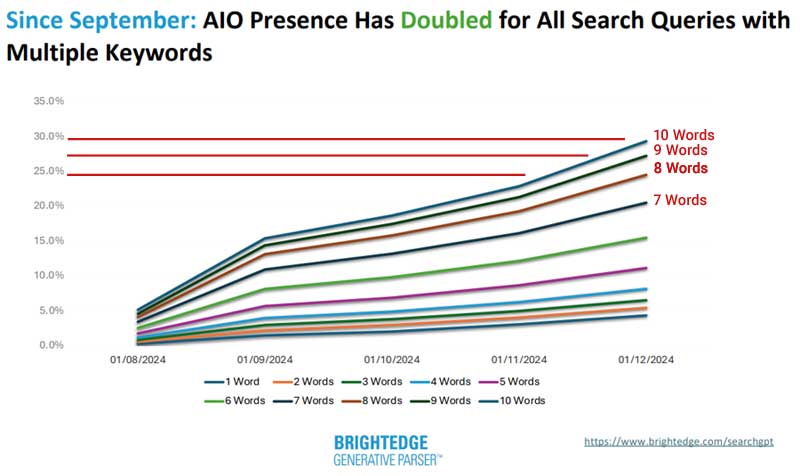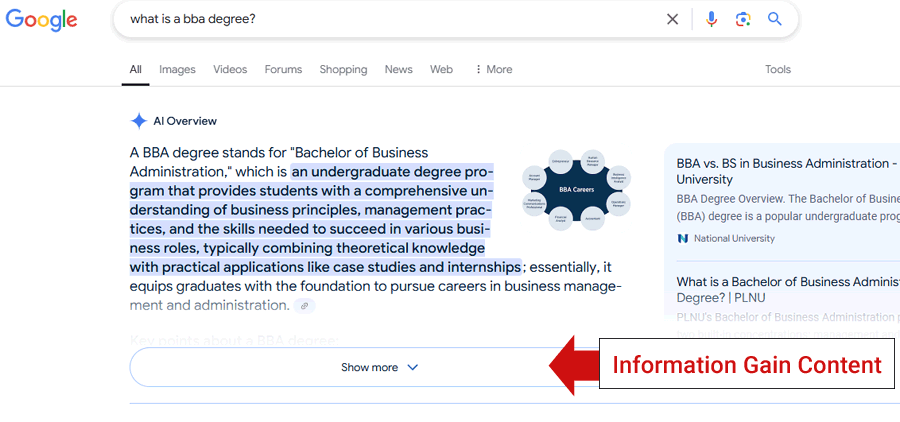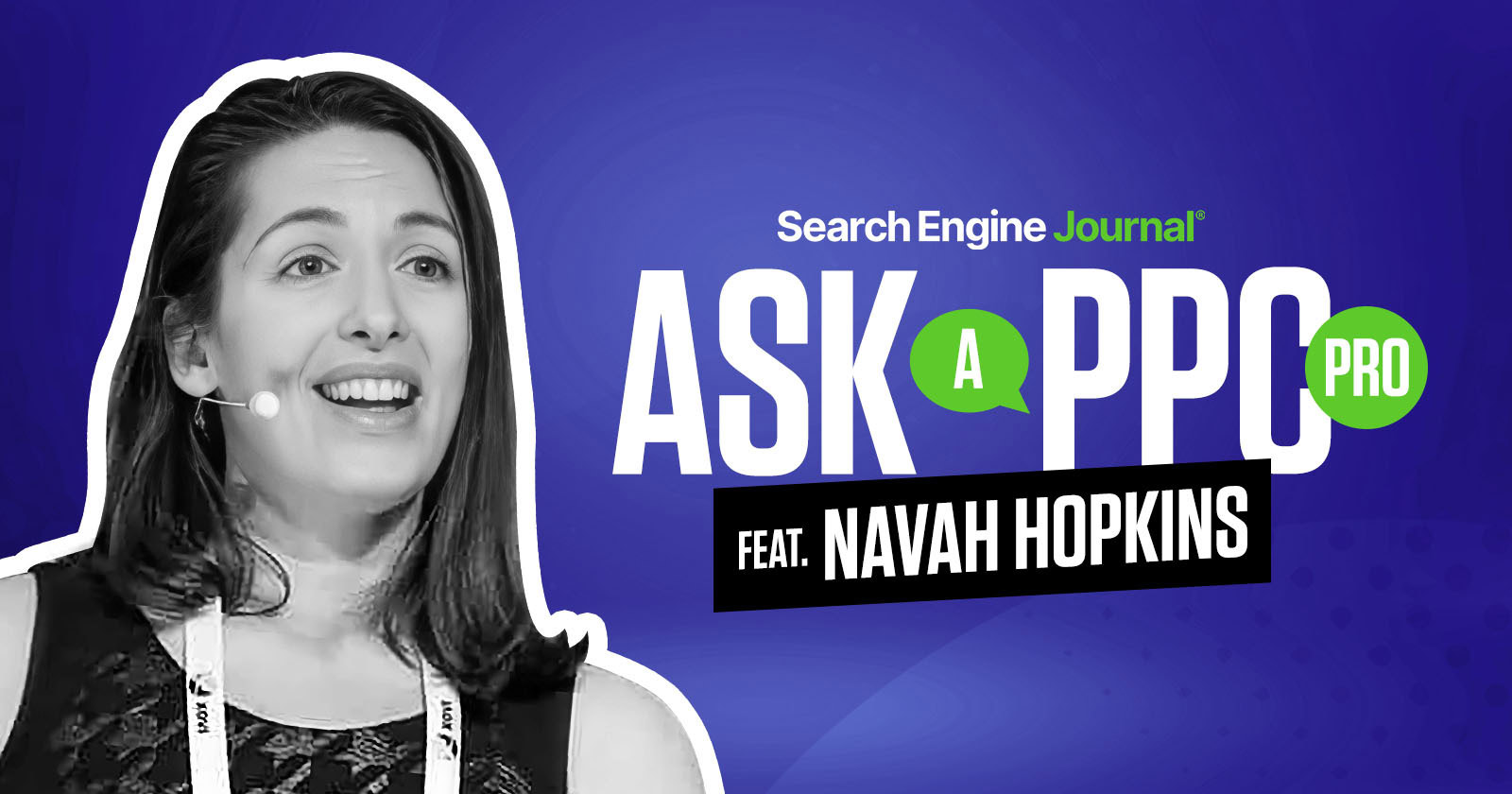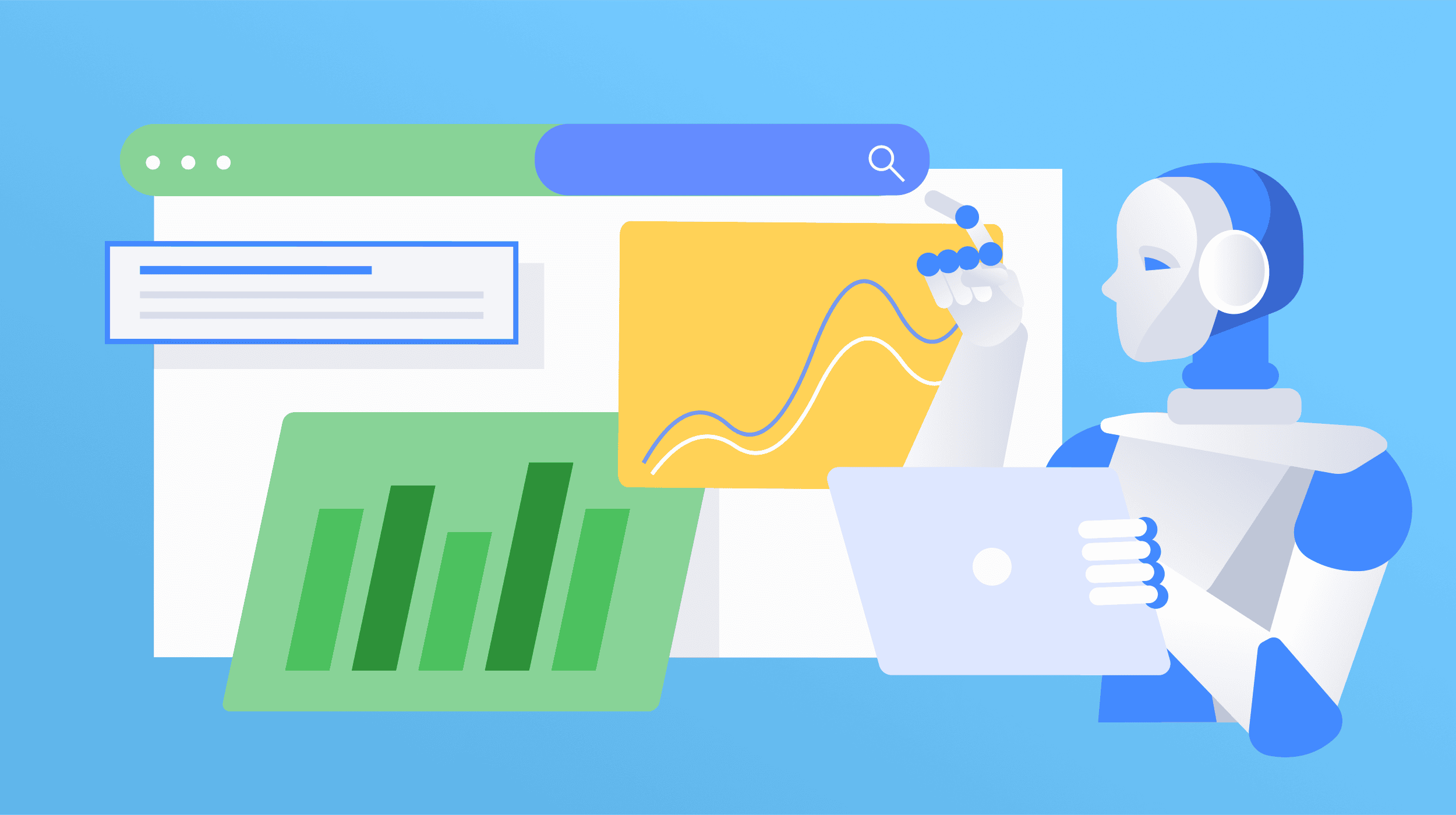AI Overviews Data Shows Massive Changes In Search Results via @sejournal, @martinibuster
Data shows significant expansion of AI Overviews to answer more complex queries and consolidation in trusted sources cited in its answers The post AI Overviews Data Shows Massive Changes In Search Results appeared first on Search Engine Journal.

Enterprise SEO platform BrightEdge published results on current AI Search trends, showing that Google AI Overviews (AIO) has expanded its presence by up to 100% in increasingly complex search queries. The changes suggest growing confidence in AI for search, with indications that Google is relying on authoritativeness and greater precision in context awareness for matching queries to answers, particularly in relation to content modality.
The data shows that AI Overviews (AIO) has evolved from showing featured snippet style answers to being capable of handling multi-turn, complex search queries. The takeaway is that Google is increasingly comfortable with AI’s ability to surface precise answers for longer queries and this is a trend that may continue to rise.
Google AIO Presence Is Growing
Google continues to show confidence in their AI Overviews (AIO) search feature as BrightEdge has discovered that more keyword phrases are triggering AI answers now than at any point since the feature was rolled out last year.
25% of search queries using 8 words or more are displaying AI Overviews (AIO), which is a clear upward trend indicating that Google continues to refine the accuracy of AIO and is better able to handle increasingly complex search queries.
A graph shows how the keywords with 8, 9, and 10 words continued to increasingly show AI Overviews
Graph Representation Of AI Overviews Growth

Keyword phrases with less than four words continue to show an increasing amount of AIO but the growth in longer more precise keywords is growing significantly faster.
Screenshot Showing Percentage Of Keywords With Google AI Overviews

Change In AIO Patterns: Gains For Authoritative Brands
BrightEdge provided additional data that looks at specific topic categories, showing how queries for some topics consolidating to answers from big brand sites.
For example, in the healthcare category where accuracy and trustworthiness are paramount Google is increasingly showing search results from just a handful of websites. Content from authoritative medical research centers account for 72% of AI Overview answers, which is an increase from 54% of all queries at the start of January.
15-22% of B2B technology search queries are derived from the top five technology companies such as Amazon, IBM, and Microsoft.
Qualities Of AIO Answers
BrightEdge data reveals that AIO answers follow certain patterns that reveal qualities that Google feels make content more relevant.
Excels at step by step and how to answers (structured hierarchical information) Shows precise real-time relevance Answers lean toward general guidanceEducational Search Queries
For educational queries AIO shows a preference toward concise answers with a clean visual presentation. In the below example Google is hiding content that has additional information that answers additional questions beyond the main query. This may relate to Google’s information gain patent which is about anticipating additional information that a user will be interested in after receiving the answer to their original search query.
AIO Showing Information Gain Ranked Content

Change In YouTube Citations
An interesting pattern picked up by BrightEdge is that YouTube technical tutorials have increased by 40% in AIO while health related queries that show YouTube videos are trending downward by 31%.
Of particular interest is that the high volume search queries (100k+ search volume) that trigger YouTube content have decreased by 18.7%. This may reflect a change in user needs and Google’s ability to identify that context and understand that it’s not served well by video content.
What all of this means is that it’s increasingly important to think about context awareness, the appropriateness of the content to the query. The question to ask is what kind of content best serves the context and to expand that answer across modalities like images, sound, video, and text, then within those formats think in terms of how-to, data dump, informative, etc.
BrightEdge observes:
“Most Interesting Pattern:
AI Overviews are developing sophisticated, context-aware citation models. While YouTube citations are declining for health queries (e.g., “symptoms,” “diet”), they’re increasing for technical how-to content, jumping from 2.0% to 2.8% of citations in this category.
Pay Attention:
1. Context is King – Focus video content where it’s gaining traction (technical tutorials, DIY) and pivot to text for topics where traditional authority is preferred (health, finance)
2. Match Your Industry’s Pattern – In sectors with distributed authority (like B2B tech at 15-22% per source), focus on direct citations; in consolidated spaces (like healthcare at 72% institutional),
partner with established authorities
3. Monitor Actively – With citation patterns shifting dramatically in just one month, weekly monitoring of your space is crucial to spot new opportunities before competitors”
Takeaway
A way to make sense of the data is that it Google AI Overviews appear to be increasingly relying on the authoritativeness of the content as the stakes go higher with more complex search queries.
Authoritativeness isn’t just about being a big brand but it may have to do with simply being meaningful to the Internet audience as a go-to source for a particular topic. Trustworthiness and other related factors are important and this has nothing to do with superficial SEO activities like author bios and so on.
Read the data:
How AI Giants Are Carving Distinct Territory in the Search Landscape

 Aliver
Aliver 



















![The 2026 AI Search Benchmark Every SEO Leader Needs [Webinar] via @sejournal, @lorenbaker](https://www.searchenginejournal.com/wp-content/uploads/2025/11/1-259.png)











